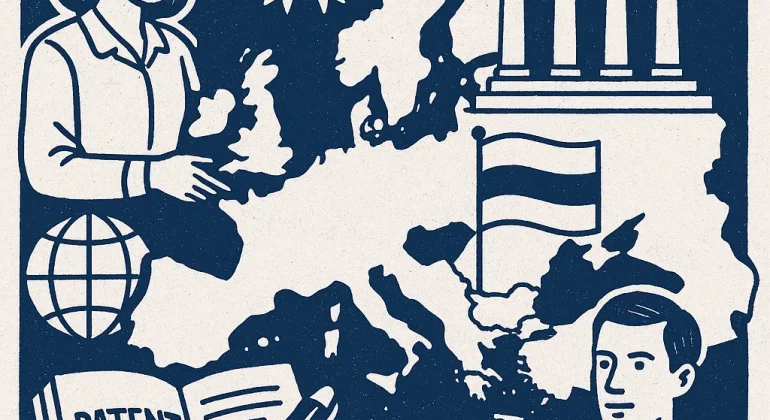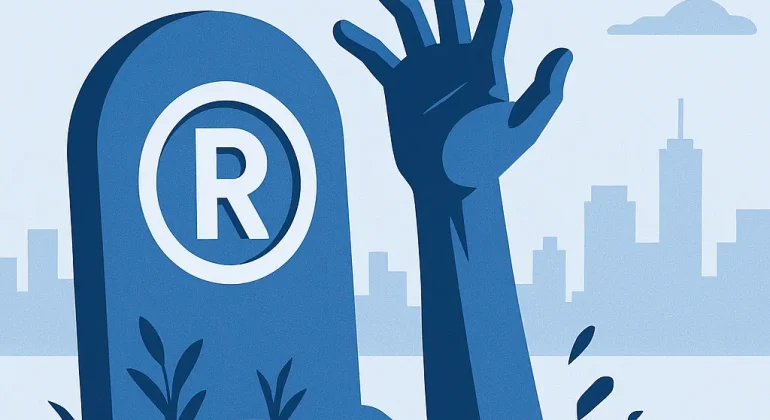Beware of overly broad trademark descriptions : the validity of your trademarks is at stake ! The example of the United Kingdom.
Introduction
The SkyKick UK Ltd v. Sky Ltd (UKSC/2021/0181) ruling, rendered by the UK Supreme Court on November 13, 2024, clarified the concept of “bad faith” in trademark registration. The case raised the issue of whether trademarks registered for overly broad products and services, with no connection to the actual business activities, could be invalidated for bad faith. The ruling resulted in a landmark decision on how bad faith is assessed in trademark registrations, leading the UKIPO to revise its guidelines.
In response to this decision, the UKIPO published an amendment to its practices on June 27, 2025, establishing stricter criteria for reviewing trademark applications, particularly concerning specifications deemed excessively broad. This article examines the UKIPO’s new guidelines and their impact on the trademark registration process.
Examination criteria for specifications by the UKIPO
1.1 Definition of an overly broad specification
The UKIPO considers a specification to be too broad when it includes an excessive list of products or services that are not directly related to the applicant’s actual or projected business activities. For instance, the UKIPO will deem an application too broad if it covers all 45 Nice classes or vague terms such as “software,” “clothing,” or “food products” without specifying subcategories or details of the intended products or services.
This approach aims to prevent trademarks from being registered defensively or abusively for products or services that the applicant will never actually use.
1.2 Consequences of an overly broad specification
When the UKIPO identifies an overly broad specification, several actions may be taken:
• Rejection of the application: When the specification is deemed too broad and the applicant cannot prove a genuine intention to use the trademark.
• Restriction of the specification: If the specification is considered too broad but could be made acceptable by narrowing it down, the UKIPO may ask the applicant to restrict the claimed products or services.
• Verification of the intention to use: The applicant may be required to provide concrete evidence of their genuine intention to use the trademark for the specified products and services.
This approach ensures that trademark applications are based on genuine business intentions, rather than aiming to monopolize broad terms.
Proving a genuine intention to use
2.1 Evidence accepted by the UKIPO
The UKIPO requires applicants to prove their genuine intention to use the trademark for the specified products and services. This can be achieved by providing commercial documents such as :
• Business plans detailing the intended use of the trademark.
• Commercial contracts or agreements with business partners.
• Proof of sales or advertising campaigns showing the intent to use the trademark for the claimed products or services.
2.2 Role of commercial documentation
Commercial documentation plays a crucial role in justifying the intended use of the trademark. If an applicant cannot provide evidence of intended use or a viable commercial project, the UKIPO may consider that the application was filed in bad faith. As a result, insufficient documentation may lead to the rejection of the application.
Partial cancellation of a trademark for bad faith
3.1 Process of partial cancellation
If part of the specification is deemed to have been filed in bad faith, the UKIPO can cancel only that part of the registration while maintaining trademark protection for the other products or services where the intention to use is proven. This partial cancellation ensures that only the portions of the application based on genuine intent remain valid.
3.2 Examples of partial cancellation
For example, if a trademark is registered for “pharmaceutical products” and “clothing,” but the applicant only intends to use the trademark for pharmaceutical products, the UKIPO may cancel the “clothing” portion for bad faith while maintaining protection for the pharmaceutical products.
Application of the guidelines to existing trademarks
4.1 Impact on existing trademarks
The new guidelines also apply to already registered trademarks. Trademark holders must ensure that their registrations comply with the genuine intention to use criteria defined by the UKIPO. If an existing trademark is found to have been filed in bad faith, it may be canceled, in whole or in part.
4.2 Review of existing registrations
Holders of existing trademarks should consider conducting an audit of their registrations to verify compliance with the new guidelines. This involves reassessing the specifications of their trademarks to ensure they reflect a genuine business intent.
Bad faith raised by the UKIPO without third-party intervention
5.1 Proactive examination of bad faith
The UKIPO may raise the issue of bad faith proactively when reviewing an application for registration. This means that it can identify manifestly abusive applications and reject them, even without a third-party opposition (such as from a competitor). The UKIPO can now act more strictly from the outset, thereby preventing abuses.
5.2 Consequences of an ex officio objection
If the UKIPO raises an objection for bad faith, the applicant will need to provide justifications regarding their genuine intention to use the trademark for the specified products or services. If no satisfactory justification is provided, the UKIPO may reject the registration application.
Conclusion
The UKIPO’s new guidelines following the SkyKick ruling introduce stricter requirements for trademark registration. Applicants must prove a genuine intention to use their trademark for the designated products and services, especially when specifications are deemed too broad. Existing trademark holders must also review their registrations to ensure they meet these revised requirements. These revisions aim to strengthen the integrity of the trademark system and prevent abuses.
FAQ
1. What is an overly broad specification for the UKIPO ?
A specification is too broad when it includes vague terms or covers too wide a range of products and services that are not related to the applicant’s actual business activity.
2. How do I prove a genuine intention to use ?
A genuine intention to use can be proven through commercial documents such as contracts, sales records, or business plans.
3. Can a trademark be partially canceled for bad faith ?
Yes, a trademark can be partially canceled if part of the specification is deemed filed in bad faith, but the trademark can be maintained for the other products or services.



















